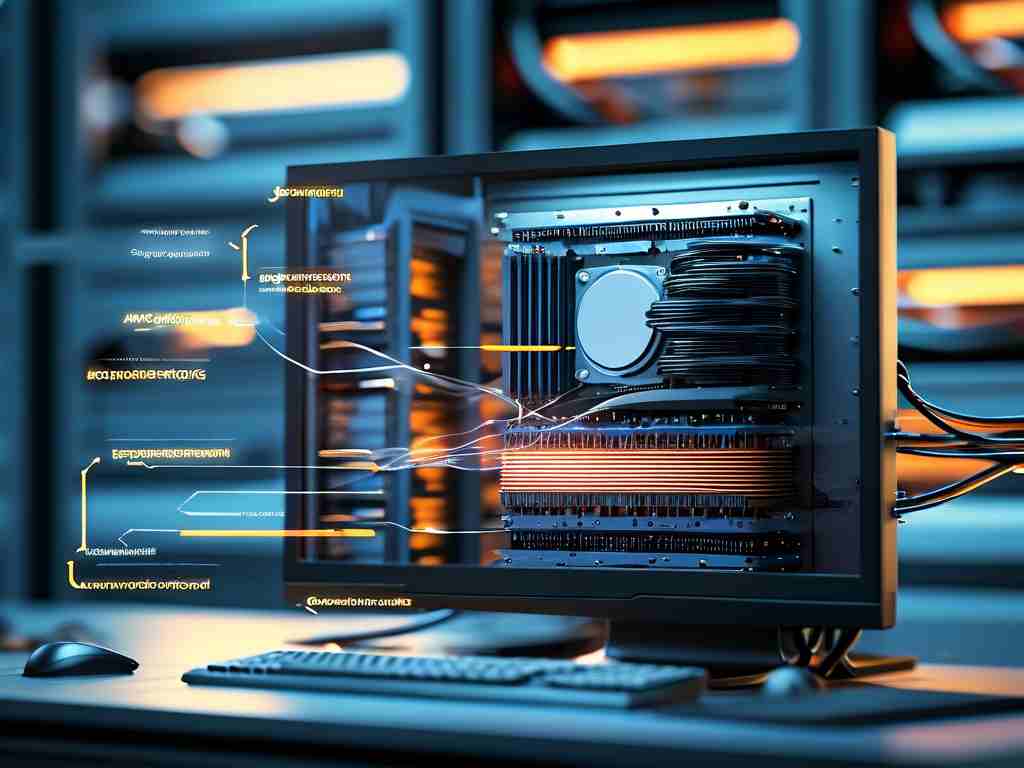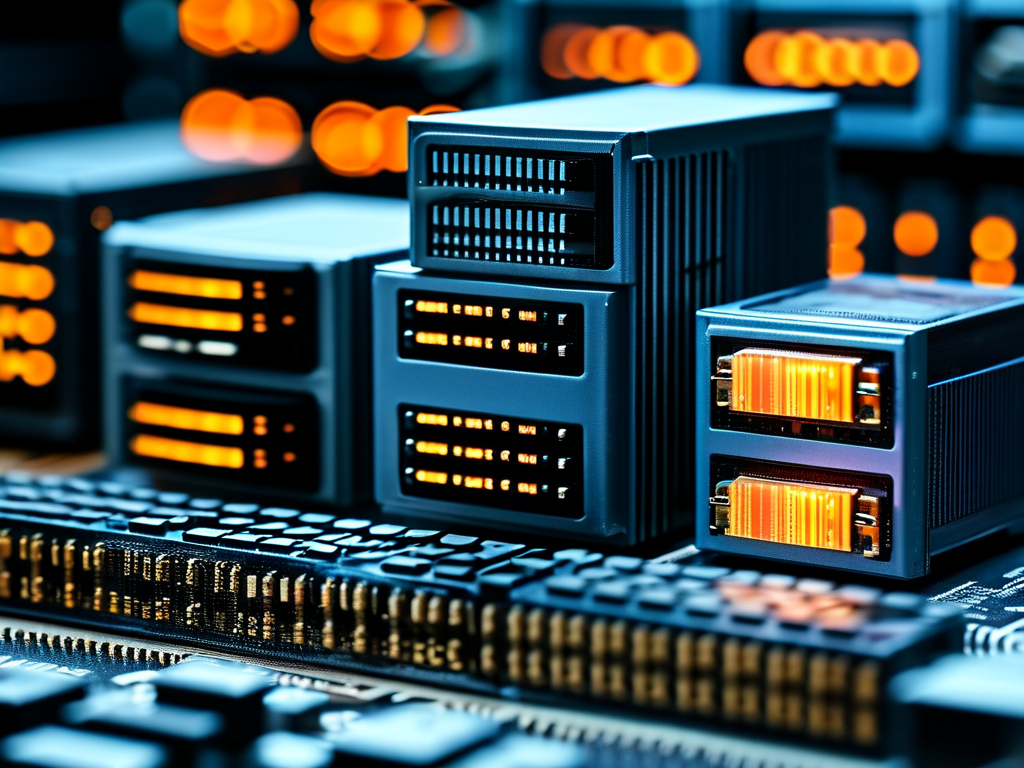Accessing memory is a fundamental operation in computing that enables processors to retrieve and store data efficiently. This process involves multiple stages and components working together seamlessly. Understanding how computers interact with memory provides insights into system performance optimization and hardware design principles.

At the core of memory access lies the memory hierarchy, which includes registers, cache, RAM, and storage devices. When a CPU requires data, it follows a structured sequence to locate and transfer information. The first phase involves address generation, where the processor calculates the physical or virtual address of the required data. Modern systems use memory management units (MMUs) to translate virtual addresses into physical locations, ensuring secure and efficient memory allocation.
Next, the memory controller acts as an intermediary between the CPU and RAM. It receives address requests and coordinates data transfers while managing timing protocols like CAS latency and tRCD (RAS-to-CAS delay). For example, DDR4 memory modules rely on precise signal synchronization handled by the controller to maintain throughput. A code snippet illustrating address decoding might resemble:
uintptr_t physical_address = mmu_translate(virtual_address); memory_controller_send_request(physical_address, READ_MODE);
The third stage involves data retrieval from memory cells. Each DRAM cell stores a bit as an electrical charge in a capacitor. Sense amplifiers detect these charges during read operations, converting them into digital signals. Simultaneously, refresh cycles restore capacitor charges to prevent data loss—a critical maintenance task managed automatically by the memory subsystem.
Once retrieved, data travels through the memory bus to the CPU cache. Systems employing multi-level caches (L1, L2, L3) prioritize speed by storing frequently accessed data closer to the processor. Cache coherence protocols like MESI (Modified, Exclusive, Shared, Invalid) ensure consistency across cores in multi-processor environments.
An often-overlooked step is error checking. Technologies like ECC (Error-Correcting Code) memory add redundancy bits to detect and correct single-bit errors, enhancing reliability in servers and critical systems. Parity bits in non-ECC memory provide basic error detection without correction capabilities.
The final phase focuses on data delivery to the processor’s execution units. Modern CPUs utilize prefetching algorithms to anticipate future memory needs, reducing latency by loading data into cache before explicit requests. For instance, spatial locality principles guide cache line fills, where adjacent memory addresses are fetched proactively.
Real-world applications demonstrate these steps in action. Video rendering software repeatedly accesses frame buffers in RAM, while database systems optimize row-based vs. column-based memory access patterns for query efficiency. Overclockers manipulate memory timings (CL, tRAS, tRP) to boost performance, though this requires balancing stability and speed gains.
Emerging technologies continue reshaping memory access. Non-volatile RAM (NVRAM) like Intel’s Optane blurs the line between storage and memory, enabling persistent data retention without power. Quantum computing introduces radical alternatives through qubit-based memory models, though practical implementations remain experimental.
Developers can optimize memory usage through techniques like object pooling in garbage-collected languages or manual memory allocation in low-level systems. Profiling tools such as Valgrind help identify memory leaks, while alignment-aware programming ensures efficient cache utilization.
In , computer memory access is a symphony of electronic signaling, address translation, and data management protocols. From the nanosecond-level operations in CPU caches to the mechanical delays in hard drives, each step influences overall system responsiveness. As software demands grow increasingly memory-intensive, advancements in 3D-stacked memories and photonic interconnects promise to redefine how future systems handle this essential computational resource.


